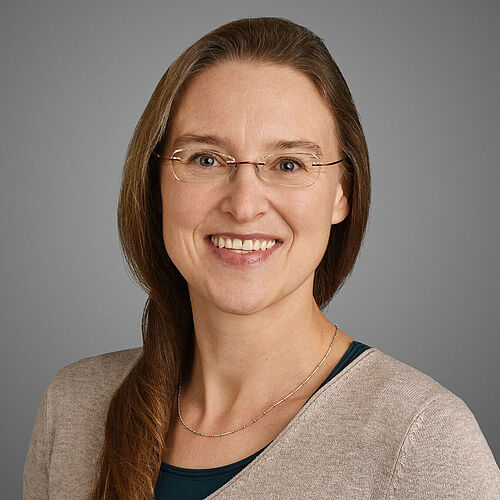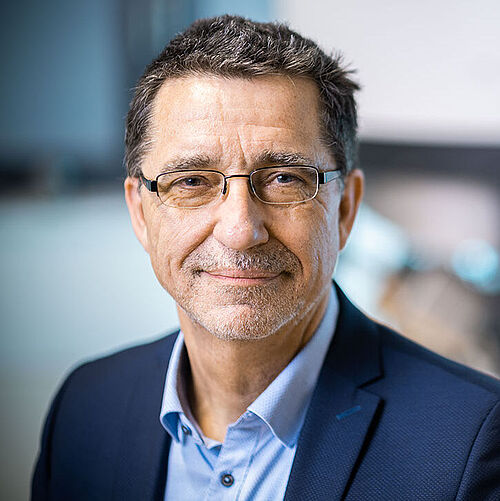
The SE²A Cluster of Excellence is an interdisciplinary research cluster that researches technologies for a sustainable and environmentally friendly air transportation system. Scientists from our university are working together with scientists from DLR, LU Hannover, PTB and TU Delft on reducing emissions and noise, on new propulsion and life cycle concepts for aircraft and on improvements in air traffic management.
How will we fly in the future? The three aircraft models represent the development towards propulsion technologies that will make air travel more environmentally friendly. Different energy storage systems such as batteries, synthetic fuels and hydrogen, together with the reduction of drag and noise, create a multitude of demands on the entire future aviation system.


The QuantumFrontiers Cluster of Excellence pushes the boundaries of what can be measured and paves the way for new quantum and nanotechnologies, such as quantum and neuromorphic computers or energy-efficient, high-precision sensor technology.

Co-speaker of the cluster at the TU Braunschweig
+49 531 391 3774
a.waag(at)tu-braunschweig.de

Mobility needs an infrastructure. In order to reduce the burden on the environment and cut costs, construction and maintenance must be optimized in terms of shape, material adaptation and process efficiency. This is where the Collaborative Research Center TRR 277 Additive Manufacturing in Construction (AMC) comes in with its basic research into additive manufacturing (3D printing technology) in the construction industry. The AMC aims to play a key role in shaping the transformation of the construction industry into a digital and sustainable future.
The pedestrian bridge was divided into elements using an algorithm, allowing tensile and tension forces to be optimally distributed and absorbed. As a result, no additional and complex support structure is required for the bridge. These perfectly coordinated bridge elements were printed using the SPI 3D printing process (Selective Paste Intrusion - SPI). Here, the concrete part is printed layer by layer in a particle bed with the addition of cement paste. The result was a bridge that can be easily dismantled at any time and rebuilt at a new location, while still offering the stability of a steel-concrete structure.
Another approach to the topic of infrastructure: in this bridge, a robotically knitted fabric is stretched and serves as a substructure. The fabric is then sprayed with shotcrete using the shotcrete process and reinforced with fibres in a force-optimized manner. The result is a bridge that does not require complex wooden formwork, uses much less concrete than conventional methods and has an optimized free form. This bridge has a span of five meters.
Our third example of a bridge: 3D concrete injection printing, developed at the TU Braunschweig, is used here. The concrete is injected into a stabilizing liquid, which enables the production of free-form elements that are 3D-printed virtually weightlessly in space. The savings in concrete are also enormous here, as a high load-bearing capacity is achieved despite the use of little concrete. The structure, i.e. where exactly the concrete is printed and where not, was designed with the help of an algorithm.
Cement paste is specifically printed into a particle bed, which reacts with the particles and thus 3D prints a component. In this case, a facade element that combines high thermal insulation and optimized solar incidence depending on the orientation of the windows. The thermal efficiency of public buildings in particular, such as train stations or airports, is crucial, especially in times of energy crisis.

Speaker of the Collaborative Research Center TRR277 AMC
+49 531 391 3571
h.kloft(at)tu-braunschweig.de


Vacancies of TU Braunschweig
Career Service' Job Exchange
Merchandising
Term Dates
Courses
Degree Programmes
Information for Freshman
TUCard
Technische Universität Braunschweig
Universitätsplatz 2
38106 Braunschweig
P. O. Box: 38092 Braunschweig
GERMANY
Phone: +49 (0) 531 391-0
